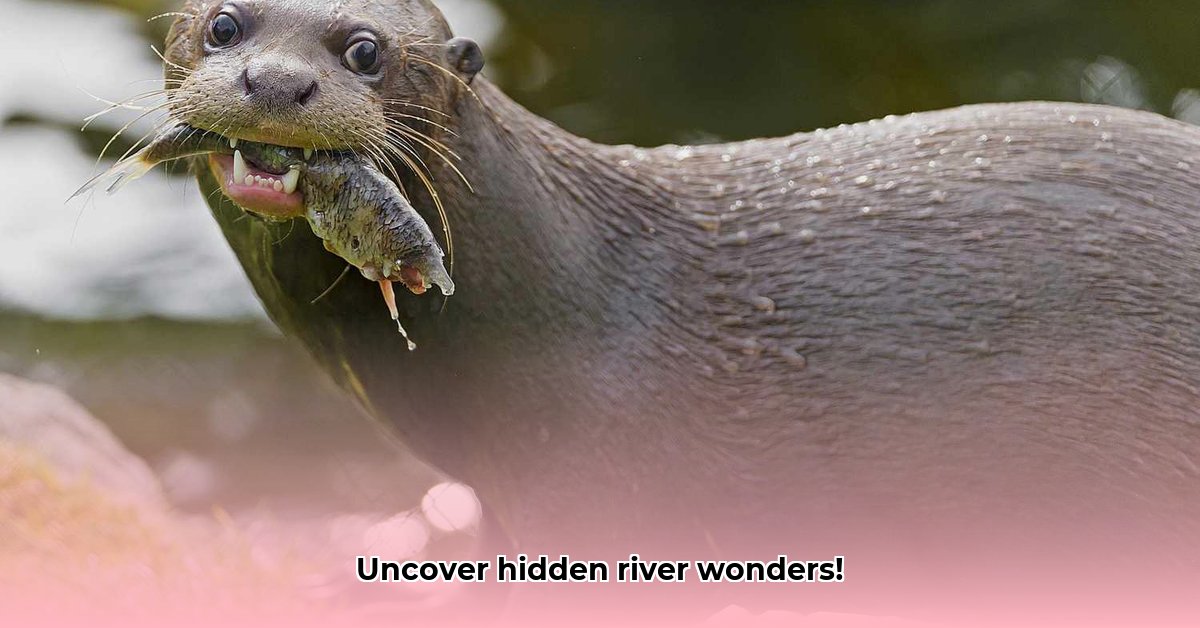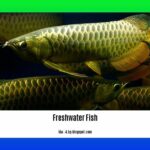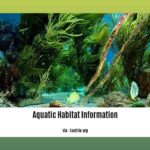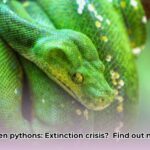The Hidden World of River Life
Beneath the shimmering surface of our rivers and streams lies a hidden world teeming with life. Freshwater ecosystems, though representing a small fraction of Earth’s total water volume, support an astonishing diversity of organisms, from microscopic bacteria to large mammals like otters. These interconnected communities form intricate food webs, exhibiting remarkable adaptations for survival in the face of unique challenges. However, these vital habitats face growing threats from human activities, demanding our attention and action.
Biodiversity and Balance: A Delicate Interplay
Rivers are dynamic, flowing ecosystems, not merely channels of water. They harbor a complex web of life far beyond just fish. Insects scuttle along the riverbed, amphibians like frogs and salamanders inhabit the shallows, reptiles such as turtles and snakes bask on logs, and mammals like otters and beavers patrol the banks. Each organism, from the tiniest algae to the largest predator, plays a crucial role in maintaining the health and balance of the ecosystem. Top predators like otters indicate a healthy ecosystem, while the presence of mayfly larvae signifies good water quality. These indicators of river health are essential for assessing the overall condition of the ecosystem and guiding conservation efforts.
Adapting to the Flow: A Symphony of Survival
Life in a river demands specialized adaptations. Strong currents, fluctuating water levels, and the presence of predators require organisms to develop unique strategies for survival. Fish like salmon exhibit incredible endurance, swimming upstream against powerful currents to reach their spawning grounds. Eels undertake epic migrations between freshwater rivers and the ocean, demonstrating remarkable tolerance to salinity changes. Other river dwellers have evolved streamlined bodies, gripping appendages, or specialized respiratory systems to navigate the challenges of their aquatic environment. These remarkable adaptations highlight the resilience and diversity of life in rivers.
Human Impact: A Call to Action
Human activities pose a significant threat to freshwater ecosystems. Pollution from agricultural runoff, industrial discharge, and urban wastewater contaminates rivers, harming aquatic life. Dams fragment habitats, disrupting migration patterns and isolating populations. Introduction of invasive species can outcompete native organisms, potentially disrupting trophic dynamics. Understanding these threats is crucial for developing effective conservation strategies and protecting the biodiversity of our rivers.
Protecting Our Rivers: A Shared Responsibility
Protecting freshwater biodiversity demands a multi-pronged approach incorporating individual actions, government policies, and ongoing scientific research.
Individual Actions: We can each contribute to healthier rivers by reducing our personal water consumption, properly disposing of hazardous waste, and supporting sustainable agricultural practices. Educating ourselves and others about the importance of freshwater ecosystems is crucial for fostering a sense of stewardship.
Government Policies: Stronger regulations and their effective enforcement are essential for controlling pollution, managing water resources, and protecting endangered species. Investing in sustainable infrastructure and restoring degraded habitats are crucial for long-term river health.
Scientific Research: Continued research is vital for understanding the complex dynamics of freshwater ecosystems and informing conservation efforts. Monitoring water quality, studying the impacts of human activities, and developing innovative conservation strategies are essential for protecting these vital habitats.
River Animal Adaptations to Changing Salinity Levels: Thriving at the Interface
Estuaries, where rivers meet the sea, are dynamic environments characterized by fluctuating salinity. Animals inhabiting these zones exhibit remarkable adaptations for surviving these challenging conditions.
Euryhaline vs. Stenohaline: Masters of Adaptation
Euryhaline organisms, like the blue crab and various mollusks, tolerate a wide range of salinity, employing physiological mechanisms to regulate their internal salt balance. They often exhibit specific migratory patterns timed to coincide with favorable salinity levels during different life stages. Stenohaline organisms, adapted to either freshwater or saltwater, are confined to specific zones within the estuary where salinity levels remain relatively stable.
Mangroves: Guardians of the Estuary
Mangrove forests are vital components of many estuaries, providing habitat and protection for numerous species. These specialized trees have evolved adaptations to tolerate high salinity, including salt excretion through their leaves and specialized root systems for oxygen uptake in waterlogged soils. Their complex root structures also stabilize sediments, reducing erosion and providing a nursery habitat for many aquatic organisms.
Human Impacts and Conservation: A Call for Stewardship
Human activities, such as agricultural runoff and industrial discharge, can drastically alter estuarine salinity, disrupting the delicate balance of these ecosystems. Understanding and mitigating these impacts are crucial for preserving the health and biodiversity of estuaries.
Microscopic River Animals: The Invisible Engine
Beneath the surface, a hidden world of microscopic organisms drives essential ecological processes. Bacteria, fungi, and protists form the foundation of the food web, playing a vital role in nutrient cycling and decomposition.
The Recyclers: Nature’s Cleanup Crew
These microscopic decomposers break down organic matter, releasing nutrients back into the water, supporting plant growth and fueling the entire food web. Their activity is crucial for maintaining water quality and ecosystem health.
Layers of Life: Microbial Diversity
Different microbial communities thrive in various layers of the river, from the oxygen-rich surface waters to the oxygen-poor sediments. This diversity ensures efficient nutrient cycling throughout the entire system.
Larger Animals and Nutrient Input: A Historical Perspective
Historically, large animals like bison and beavers played a significant role in nutrient input, depositing large amounts of organic matter into rivers. The decline in these populations has altered nutrient cycling dynamics, impacting ecosystem health. Incorporating this historical context into our understanding of river systems is crucial for effective conservation.
Quantifying the Invisible: Advancing Our Understanding
Quantifying the contributions of microscopic organisms remains a challenge. Advanced research techniques are needed to further explore their roles and inform conservation efforts.
Protecting the health of our rivers requires understanding and appreciating the interconnectedness of all its inhabitants, from the largest mammal to the smallest microbe. By acknowledging our impact and taking proactive steps, we can ensure a healthy future for these vital ecosystems.
- Revolution Space: Disruptive Ion Propulsion Transforming Satellites - April 24, 2025
- Race Through Space: Fun Family Game for Kids - April 24, 2025
- Unlocking the Universe: reading about stars 6th grade Guide - April 24, 2025
















